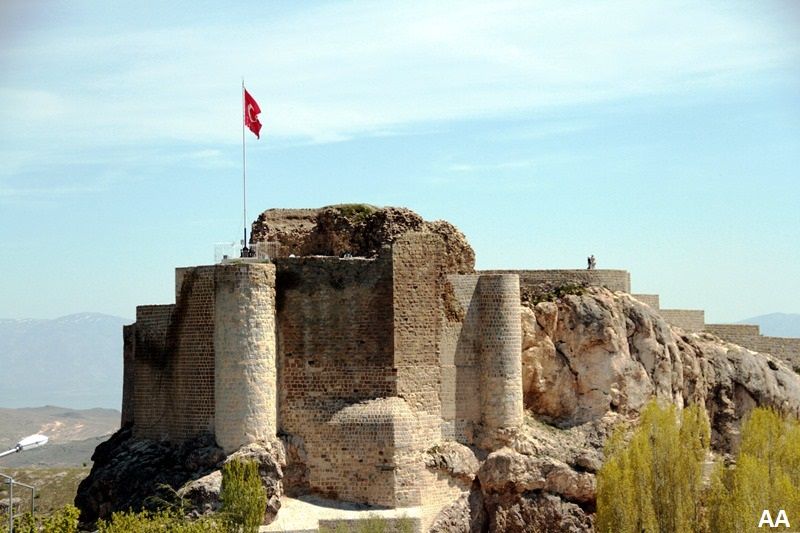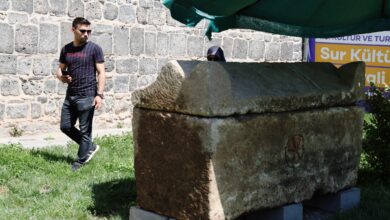Harput Castle, Elazığ

Harput Castle is an architectural structure with a rectangular plan by the Urartians. It is located in the historical Harput neighborhood of the current province of Elazig. The castle consists of two parts, the inner and outer castle. According to the legend, it is also called “Milk Castle” because milk is added to the mortar used in its production instead of water. According to another rumor, it is said that the reason for using milk instead of water in the Milk Castle mortar was the water scarcity experienced at that time.
History of Harput Castle

The castle was built by the Urartian Kingdom in the 8th century BC. It has been under Persian rule since the 6th century. Between the 1st century BC and the 11th century AD, it continued under Parthian, Roman, Sassanid, Byzantine and Abbasid domination, and continued under Byzantine rule until the end of the 11th century. It came under the rule of Çubukoğulları in 1085, Artukoğulları in 1112, and Seljuks in 1234. The castle became the government center of Artuklu Bey Belek Gazi and Seljuk Bey Alaeddin Keykubad. The castle was captured by the Akkoyunlu ruler Hasan Bahadır Khan in 1465 and passed under Akkoyunlu rule. Harput Region and Castle came under the rule of the Ottoman Empire by Yavuz Sultan Selim in 1515.

Architectural Structure of Harput Castle
It consists of two parts, the inner castle and the outer walls. The entrance of the rectangular planned castle is in the direction of Harput in the east. It was built in a region that dominates the Elazig Plain due to its location. Various dungeons, living and treatment areas have been found in the excavations carried out today.
Excavation and Restoration Works
With the permission of the Ministry of Culture and Tourism, General Directorate of Cultural Heritage and Museums, it started in 2005 under the scientific consultancy of Veli Sevin and continued until 2009. At the same time, the efforts to save the Ottoman District, the remains that lived in Harput Castle from the middle of the 17th century to the beginning of the 20th century, were carried out within the scope of Ottoman Archeology. Period excavations were carried out in 2014 by Prof. Dr. Restarted by Ismail Aytac.







